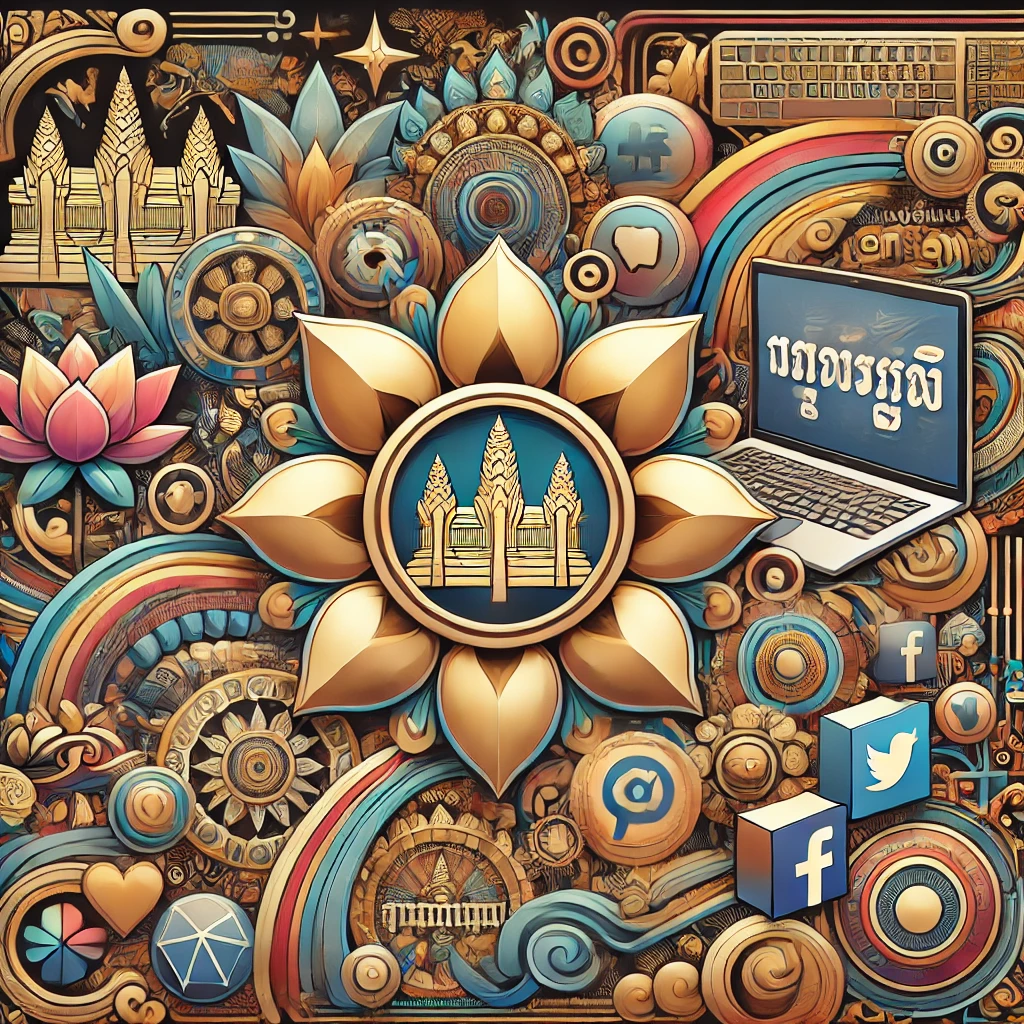Long before widespread literacy took root, Cambodia thrived on the power of the spoken word. Oral traditions – encompassing history, folklore, religious teachings, social commentary, and epic narratives – formed the bedrock of cultural transmission and social cohesion. Even today, in an increasingly digital world, these living voices remain vital threads in the intricate fabric of Khmer identity, carrying wisdom, history, and artistry across generations. From village courtyards to monastery halls and grand stages, storytelling continues to shape and reflect Cambodian life.
The Role of Village Elders: Keepers of Ancestral Knowledge
In villages throughout Cambodia, elders (ជីដូនជីតា – chii doun chii taa) traditionally serve as the respected custodians of local history, lineage, proverbs (sophaaset), practical skills, and community narratives. Their memories act as living archives. This knowledge isn’t typically shared in formal lessons but woven into the rhythm of daily life – stories told to grandchildren around the cooking fire, historical anecdotes shared during community gatherings, or cautionary tales recounted to illustrate a point. Their lived experience commands respect, and their ability to recall and recount the past provides continuity and a sense of place for younger generations.
Buddhist Monks: Storytelling for Spiritual Understanding
Buddhist monks (ព្រះសង្ឃ – Preah Song) play a crucial role in moral and spiritual education, often employing storytelling (niyeay reuang – និយាយរឿង) as a powerful pedagogical tool. To make the profound teachings of the Dharma accessible, monks frequently narrate Jataka tales (ជាតិក – cheatok) – stories recounting the Buddha’s previous lives and the virtues he cultivated. They also use allegories and illustrative stories during sermons (especially on holy days) and informal interactions to explain complex concepts like karma (kamm – កម្ម), the accumulation of merit (bon – បុណ្យ), impermanence (anicca – អនិច្ចា), and the importance of compassion (karuna – ករុណា). These narratives make abstract principles tangible and memorable, guiding ethical conduct and spiritual development.
Sbek Thom: Epic Narratives Painted in Shadow and Light
Recognized by UNESCO as a Masterpiece of the Oral and Intangible Heritage of Humanity, Sbek Thom (ស្បែកធំ – literally “large leather”) is a breathtaking form of traditional shadow puppetry. This is not the articulated puppetry seen elsewhere; instead, performers manipulate large, non-articulated figures meticulously crafted from whole cowhides. Held against a large, backlit white screen, these intricate silhouettes bring to life scenes primarily from the Reamker (រាមកេរ្តិ៍), the Khmer epic Ramayana. Accompanied by the dramatic sounds of a traditional Pinpeat orchestra and narrative chanting, Sbek Thom transforms storytelling into a majestic ritual performance, typically reserved for royal ceremonies or important religious festivals. It’s a powerful fusion of visual art, music, and oral narrative.
Chapei Dong Veng: The Minstrel’s Poetic Voice
Another art form inscribed on UNESCO’s List of Intangible Cultural Heritage is Chapei Dong Veng (ចាប៉ីដងវែង). This unique tradition features a solo performer, the kru chapei, who simultaneously plays the chapei (a long-necked lute) and delivers a sung or spoken narrative. What makes Chapei truly remarkable is its improvisational nature. Performers often extemporize lyrics, weaving together traditional tales, social commentary, humorous observations, educational content, and even current events. Masters of Chapei, like the legendary (and blind) Kong Nay, are revered for their musical virtuosity, lyrical wit, extensive knowledge, and ability to captivate audiences for hours. It serves as both entertainment and a powerful medium for reflection and instruction.
Oral History Projects: Documenting the Traumatic Past
Beyond traditional folklore, oral history has taken on critical importance in documenting Cambodia’s more recent, traumatic past, particularly the Khmer Rouge regime (1975-1979). Recognizing that written records from the period are often incomplete or biased, organizations like the Documentation Center of Cambodia (DC-Cam) have undertaken vital work recording firsthand testimonies from survivors across the country. These oral history projects preserve invaluable accounts of individual experiences, suffering, and resilience. They contribute not only to historical accuracy but also to processes of memory, justice, education, and national reconciliation, ensuring that the voices of those who lived through the era are not lost.
The Digital Age: Preservation and Challenge
As of 2025, digital media presents both immense opportunities and significant challenges for Cambodia’s oral traditions:
- Opportunities for Preservation: Smartphones, the internet, and social media platforms allow for the recording, archiving, and widespread sharing of oral performances – from Chapei masters to village storytellers and Sbek Thom troupes. This can help document endangered traditions, create educational resources, and connect younger, tech-savvy generations with their heritage. Digital archives can safeguard recordings for the future.
- Potential Challenges: The ease of access to globalized digital content can sometimes overshadow local traditions, reducing interest among youth. Furthermore, the digital format can strip away the crucial context of live performance – the interaction between performer and audience, the specific atmosphere of a village gathering or temple ceremony. There is a risk that passive online consumption could replace active participation and the direct, person-to-person transmission that lies at the heart of these traditions.
The key lies in harnessing digital tools strategically to support and amplify living oral traditions, rather than replacing the essential human element of storytelling.
Conclusion
Cambodia’s oral traditions are a dynamic and multifaceted legacy. They reside in the memories of elders, resonate in the teachings of monks, come alive in the shadows of Sbek Thom, and flow through the intricate melodies and verses of Chapei Dong Veng. Even as modern oral history projects capture recent memories and digital technology transforms communication, the fundamental human need to share stories and transmit wisdom endures. In places like Battambang and across the nation, these living voices continue to narrate the Cambodian experience, binding communities and carrying the echoes of the past into the future.





